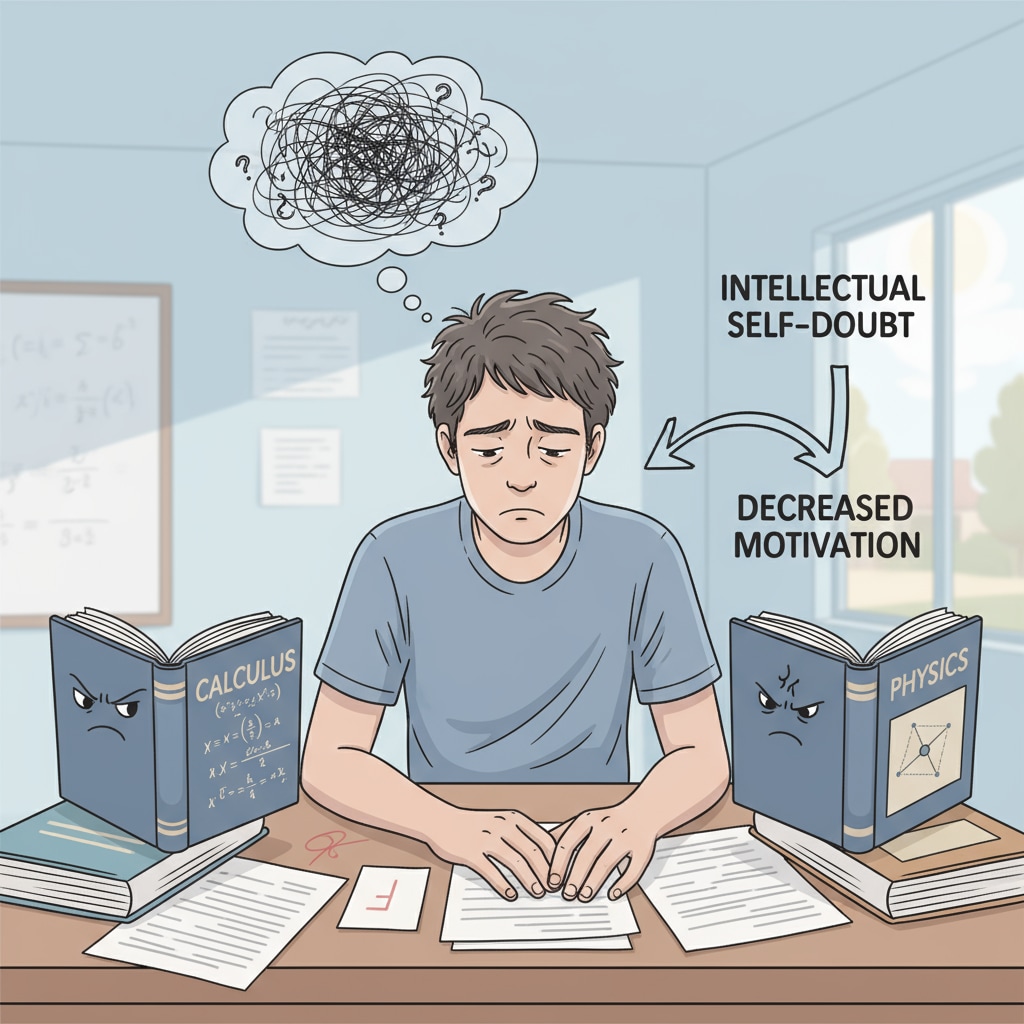In the realm of regular K12 education, the issue of intellectual disabilities, regular classrooms, and self-perception has emerged as a significant concern. Students in normal classes often grapple with intellectual self-doubt, a silent struggle that can have far-reaching consequences. This article aims to shed light on this phenomenon, exploring its causes, impacts, and potential solutions.

The Onset of Intellectual Self-Doubt
Intellectual self-doubt can creep in for various reasons. For example, when students face academic challenges that seem insurmountable, they may start to question their intelligence. In a regular classroom setting, the pressure to keep up with the curriculum and peers can be overwhelming. As a result, students might develop a negative self-perception, believing they are not as smart as others. According to the American Psychological Association, a child’s self-esteem is closely linked to their academic performance and how they perceive themselves in relation to others.
The Impact on Learning Development
This self-doubt can significantly hinder a student’s learning development. When students lack confidence in their intellectual abilities, they may be less motivated to engage in learning activities. They might avoid taking on challenging tasks, fearing failure. Consequently, their academic progress can slow down, and they may miss out on valuable learning opportunities.

For instance, research from ERIC (Education Resources Information Center) has shown that students with high levels of intellectual self-doubt often perform worse in exams and assignments compared to those with higher self-confidence.
Moreover, intellectual self-doubt can also affect a student’s social and emotional well-being. They may become withdrawn, avoiding interactions with classmates and teachers. This isolation can further exacerbate their feelings of inadequacy and make it even more difficult for them to overcome their self-doubt.
Support Strategies for Educators
Educators play a crucial role in helping students overcome intellectual self-doubt. Firstly, they should create a supportive and inclusive classroom environment. This means acknowledging and celebrating each student’s unique strengths and achievements. By providing positive feedback and encouragement, educators can boost students’ self-confidence. For example, a teacher could highlight a student’s creative thinking in a project, even if the final outcome is not perfect.
In addition, educators can differentiate instruction to meet the diverse needs of students. By tailoring teaching methods and materials to individual students, they can ensure that each student feels capable of mastering the content. This could involve providing extra support for struggling students or offering more challenging tasks for advanced learners.
Support Strategies for Parents
Parents also have an important role to play. They should communicate openly with their children, listening to their concerns and fears. By validating their feelings and reassuring them of their worth, parents can help build their children’s self-esteem. For instance, a parent could have a heart-to-heart conversation with their child, sharing stories of their own struggles and how they overcame them.
Furthermore, parents can encourage their children to explore their interests outside of school. This can help students discover their passions and talents, which in turn can boost their self-confidence. Whether it’s through sports, art, or music, finding an area where they excel can give students a sense of accomplishment and a more positive self-perception.
In conclusion, intellectual self-doubt is a common but often overlooked issue in regular K12 classrooms. By understanding its causes and impacts, and implementing effective support strategies, educators and parents can help students overcome this invisible struggle and develop a more positive self-perception. This will not only enhance their learning experience but also contribute to their overall well-being. The goal is to create an educational environment where every student feels valued, confident, and empowered to reach their full potential, in the context of intellectual disabilities, regular classrooms, and self-perception. Readability guidance: The content uses short paragraphs and lists to summarize key points. Each H2 section has relevant details. The passive语态 is used minimally, and transition words are added throughout to enhance flow.


